
parameter
Machine model nut S1/S1 Pro laser TV, priced at 16999 and 24999 yuan respectively
Three-dimensional 683714cm, weight 13kg
Laser light source, 0.65 inch DMD display chip
Resolution 1080P, Contrast 50000: 1 DCR, 1.07 billion colors
S1/S1 Pro with maximum brightness of 3000 and 4000 ANSI lumens
Projection ratio 0.25:1, screen size range 50-300 inches
Two-channel hi-fi system with two 10W tweeters and two 20W woofers with a total output power of more than 50W
64-bit processor Mstar6A828, 4-core 1.4GHz, Mali450-MP4 graphics chip
2G LPDDR3 Memory + 16G eMMC Storage
JmGO OS System Based on Android5.0
The whole power is 300W and the whole life is 30,000 hours
Unpacking and Accessories
Whether it is in the field of projection, home theater, or technology vendors in the broad sense, nuts are absolutely one of the most important manufacturers of industrial design. Its product lines include the mainstream G series, portable P series, conventional projection TV X series, and the positioning of the S series of future television, they are all from the designer's nut co-CEO Chen Xingbo personally surgeon. Chen Xingbo was a winner of the Red Dot Design Award. It is not difficult to understand that the "design" priority in nuts will be so high.

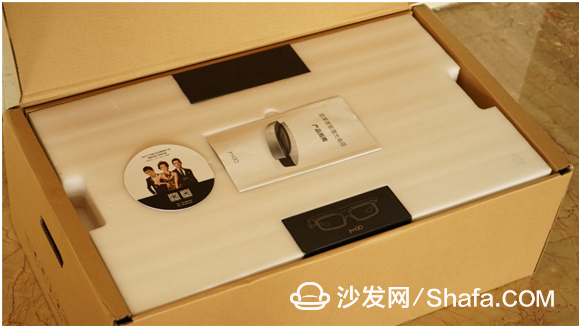
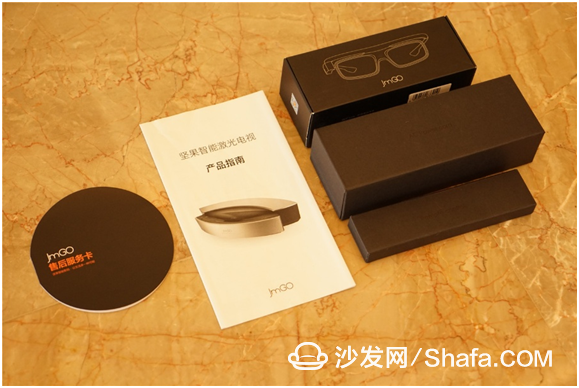
3D glasses
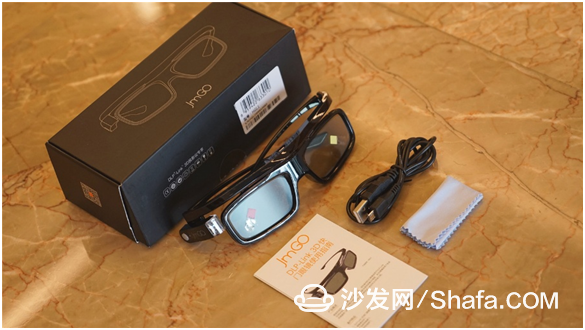
The appearance of the glasses is quite cool. It feels a little like Google Glass. Even when the sunglasses are worn out, there is no sense of violation. At least, there are no common 3D glasses wearing a ugly fatal wound. Shutter-type 3D glasses control the brightness of the lens by receiving signals, so they need their own power supply, which uses the built-in lithium battery power supply, charge the mirco-USB interface on the bottom of the glasses.
The lens has protective film stickers marked with different colors, and the front of the right temple has a “crystal head†that receives the control signal, and the battery and the circuit part are behind it. The right side of the circular switch and indicator light is the logo of the nut.
The glasses are light overall and comfortable to wear. May be taking into account the use of some glasses myopia users, glasses specifically made some higher, as long as the original glasses are not too large, but also can be directly put on, this design is worthy of praise.
remote control
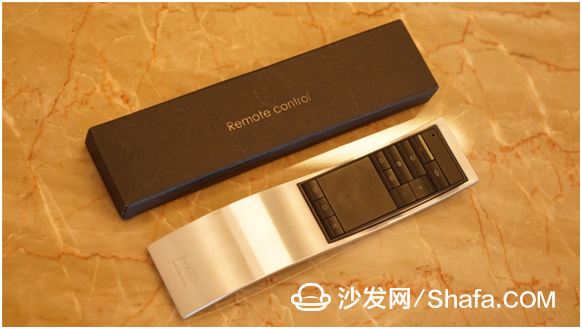
Appearance and workmanship
The core design concept of Chinese style design nuts in industrial design is centered on oriental aesthetics, combined with Europeanized materials. The unique industrial design of the previous product is precisely the implementation of this design concept: The G series is based on Hessian, symbolizing reunion and harmony. The P series model is derived from ancient Chinese scrolls and is carried around to symbolize the acquisition of knowledge. The new X series is derived from the concept of "Lotus", while the S series laser television is a "Pisces" model with full of humanistic meaning. It symbolizes "more than a year" and "Leaping Dragon Gate" "go better."

The fuselage through the front and back sides of the two major annular and curved magnesium alloy, creating a very stable and solid first impression. Both the front and top carbon fiber boards have English logos for nuts, and carbon fiber boards are still relatively rare in electronic products. The atmosphere created by certain materials makes people think of the passionate super running.
The frontal magnesium aluminum alloy plate protects the core laser emitting module and the complicated lens part of the machine. However, this unified anodized curved magnesium aluminum alloy plate is nearly 1 cm thick and the materials used are extremely fierce. Processing costs are high. In addition to providing a solid base frame and positioning for the laser module and lens section, this panel is definitely far beyond engineering needs, and more is for appearance and design services.
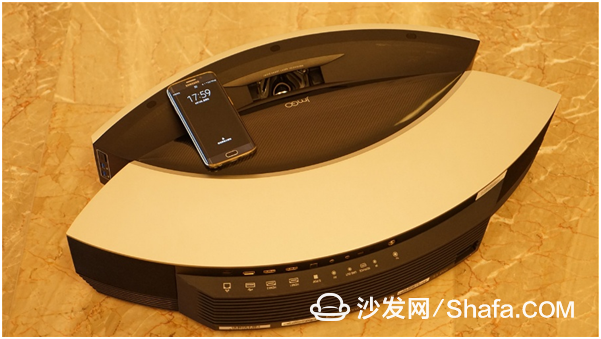
The two “tips†at both ends of the fuselage put down the left and right two-channel HiFi stereos. The bulge on the big blade tipped in two sets of bass and tweeters, and the right side was the USB3 for easy expansion. 0 interface and switch. Compared to the interface behind the fuselage, the two semi-hidden front extensions are much more comfortable to use.



Popular science: There are so many high-end, what is laser television? In the short history of human electronic display, it has gone through cathode ray tubes (the huge TV of that year, using this technology), rear projection, liquid crystal, and plasma. OLED and other technological changes, but recently refueled by the launch of the nuts S1/S1 Pro, are among the “lightest and most special†technologies.
Laser-TV (LASERTV) pumps solid-state laser working substance through a semiconductor to generate a continuous laser as a light source for a color laser television, and controls the laser scanning image through a television signal.
In the final analysis, display technology is to restore what people see. In addition to size, resolution, and brightness, the most important is color saturation and innocence. The highest brightness artificial light. Laser beam imaging has high imaging efficiency and stable optical performance. Compared with other light sources, it has the advantages of more pure colors, more uniform brightness, and wider color range.
In particular, brightness and color richness, laser television can easily overcome the problem of projection imaging easily by the ambient light source, the number of color display has even exceeded the range recognized by the human eye, and will no longer cause the LCD TV that cause eye discomfort Strobe. Laser projection is undoubtedly the most powerful display technology available today in terms of image quality and imaging effects.
In addition to the difference in the principle of the display effect, since the laser is used as a backlight source, the laser television can be made thinner and lighter than the flat panel television, and is also the display device that is most easily completed in the form of a curved surface. So when OLED is replacing the LCD trend, the industry is quite optimistic about the development prospects of laser TV.
Of course, laser television is not a flawless black technology. After solving the problem of lifespan and brightness, the biggest problem is the high selling price and the very scarce market awareness. The price of laser TVs on the market of Shanghai Xinxin Optoma brand is maintained at the level of 56,000 yuan. The price of APUS products is already 100,000 yuan.
The high price has led to a serious obstacle to the popularization of laser television. The price of 16999 yuan nuts S1 is the first, the price will be dragged to the level of high-end LCD TVs with a level of laser television, even if left aside the product itself, which in the history of laser projection is definitely a landmark moment .
Although the actual use and effects of different principles of excitation, but in essence still laser television is still a projection product, but the light source from the LED, xenon lamp replaced by a laser / laser. Because of the ultra-high convergence and high energy density of the laser itself, ultra-short focal lenses are generally used. Taking the nut S1 as an example, its self-developed lens has a throw ratio of 0.25:1. To project an equally sized picture, it can be placed several times closer. The use of a normal living room does not reveal a fundamental difference. The picture is projected from the underlying laser television body.


Nut S1 laser television real shot

Original video screenshot

Nut S1 laser television real shot

Original video screenshot
The projection ratio of 0.25:1 is more efficient than that of this super-imposing projection distance, which can save space, make the home and projection equipment more simple, and almost eliminate the possibility of interference of objects passing through the projection screen. In addition, because the mass of the machine body is large and the inertial equivalent is high, the screen does not shake. 
100% and 75% screen size comparison
It almost doubles every 5 inches of increase in price. Size growth almost stops. In the case of 65-inch LCD TVs, the laser projection will have a problem of too large projection, so the Nut S1 offers a zoom option, providing up to 75% of the The image compression option can reduce the limitations caused by the lack of projected surface size. Household users are very concerned about the life expectancy, but also almost no need to worry, the solid state laser life of the nuts S1 more than 30,000 hours, even if calculated in accordance with the use of 8 hours a day, it can provide 10 years of service life, service time and LED TV is a level .
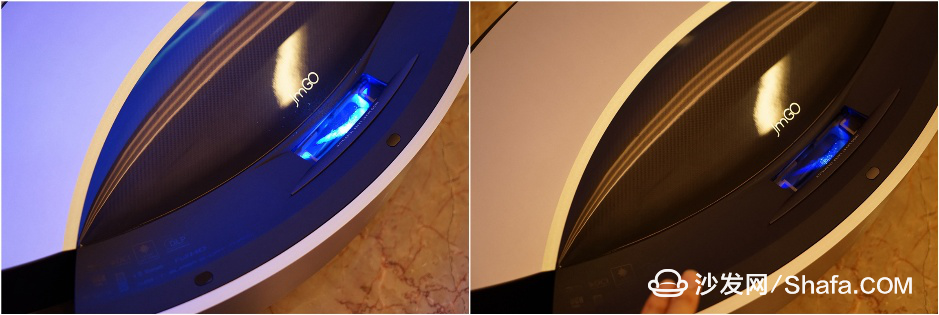
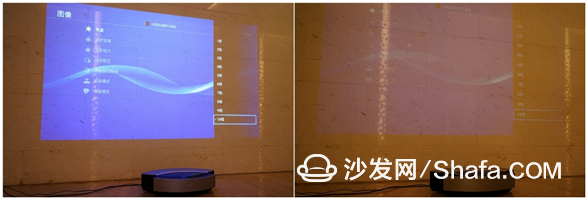
Contrast brightness before and after shading
In terms of safety, although the laser is projected after being dispersed with a high throw ratio, the lumen count is still very high. In order to prevent potential harm caused by the laser, nuts have added three sets of smart eye sensors to the front of the S1/S1Pro. As soon as someone or something is detected, the sensor will automatically turn on and the brightness of the projection will darken to ensure the safety of you and your family. In terms of projection brightness, in fact, we converted the projection power of 300W, and we can guess roughly how high the brightness of the nut S1 is. The official brightness of the nuts S1 is 3,000 lumens, while the S1 Pro is more than 4,000 lumens, which is more than six times the normal LED projection of 500, 600 lumens.
When the ordinary TV reaches the 60-inch level, the power is generally close to 400W. However, due to the larger heat dissipation area, the traditional TV rarely mentions the heat dissipation problem, but the structural accuracy of the projection device is more complex, and the heat dissipation and work The temperature requirement is higher, so the nut S1/S1 Pro uses 6 copper tubes for violent heat dissipation for 300W of photoelectric conversion power, in order to ensure the stability of the picture and the life of the fuselage.

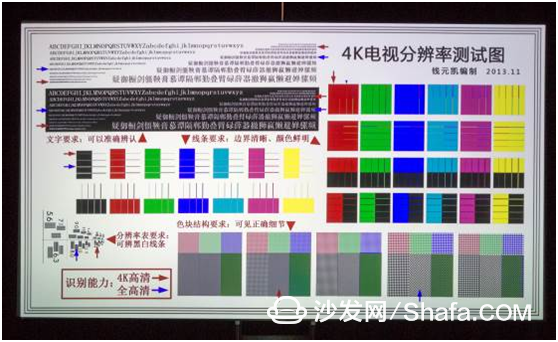

Sound quality: HiFi enjoyment

Nuts S1 Pro The two sides of the fuselage on the "Pisces" built-in two sets of symmetrical high and low speaker units, processing to provide two-channel ring back stereo, but also draw out a 4 liter volume of closed sound cavity, the official declared this HiFi The audio system has been professionally debugged for up to six months.
The audio system consists of two 3.5-inch 20-watt, bass sound units with carbon fiber diaphragms, while the tweeter uses a ball-top unit made of imported silk diaphragms. The total HiFi audio output power exceeds 50W.
In terms of actual hearing, due to the addition of a strong magnetic + magnetic cooling structure, the high frequency response is significantly improved. The low-resonance sound chamber brought by the large-area magnesium alloy has a volume of up to 4 liters, which reduces the interference and overtones of the two-channel sound. The dual-frequency separation is obvious, the overall sound field is broad, and the image force is sufficient. The intersection of the left and right channel speakers is about 4 meters in front of the machine, covering a fairly wide range of normal light shadow distances.
The voice of the midrange mics and the midrange atmosphere cover the bass of Xie Anqi's treble to Eason Chan's bass. With the appropriate space, it is easy to create the singer's feeling of singing in the ear. In the low-frequency area, it can only be said to be enough to describe, drum sound can dive deep, and stunning transient performance, can clearly distinguish the rise and fall of each drum. Because of the dual roles of power and sound cavity, the shock of low-frequency vibration is very strong. When watching a tight feature film or even a horror movie, it can add invisible reducing power to the picture. On the whole, this exaggerated pile makes nut S1 go a step further on the height of X1. If your current audio price is under 1500, then it is better to let the sound of the nuts S1 come on line.
System: Depth Customization Independent R&D

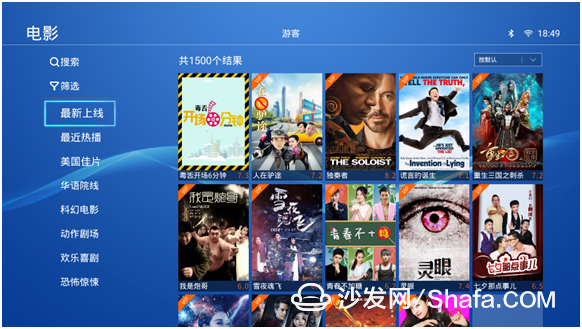
Nuts has always been designed to create a content ecosystem centered on user experience. It provides a wide range of card classifications, from cartoons, variety shows to mothers and babies. The video material is connected to the central Galaxy Internet TV license and integrates many audio and video resources such as the Central People's Broadcasting Station, the Jiangsu Radio and TV Directorate, iQIYI, Film Network, Douban, and Yinyuetai.
System fluency, 4-core 1.4GHz 64-bit processor Mstar 6A828, with 2G LPDDR3 memory and 16G eMMC storage, to deal with software and hard-combined and made the system can be described as a breeze, the system fluency is very high, whether it is click response or screen The switching speed is the fastest level in the same type of product.
Users of the Nut Projector S1 can refer to the Tutorial: Nut Projector S1 Installation Method Sofa Housekeeper Expand Third-Party Applications.

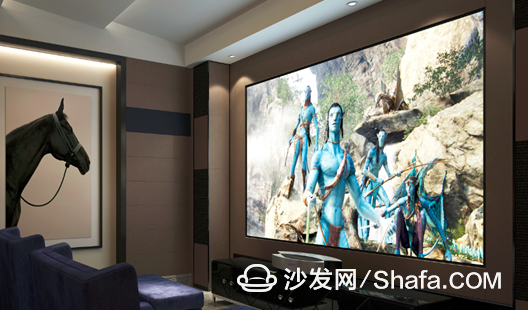
Nuts S1/S1 Pro is a very special product line. As the top model for technological exploration, it carries the historic mission of universal and popularized laser television. Solid-state laser emitters, ultra-high-ratio-ratio optical frames, and original eye-protection sensors are some of the components that are still costly and have low penetration, but even if it is the first of its kind, nuts have become very familiar with these people. The seemingly unfamiliar parts rubbed into the minimalist product.
The three traditional advantages of maverick industrial design, HiFi stockpiling without labor, and easy-to-use eco-friendly JmGO OS are even more “intensified†on nuts S1/S1 Pro, centered on oriental aesthetics and Europeanized materials. The design concept makes the machine from the beginning to the end different from the common projection and laser television.
Good and scrutinized designs are talkative. In the course of use, even without professional knowledge and background, we can still feel the intentions of designers from various hardware and software details. A product-oriented company, its products have been speaking for their own ideas, which is "to make laser TV is to make money" and "make money is to build a laser television" a huge difference.
Smart TV/box information can focus on smart TV information network sofa butler (http://), China's influential TV box and smart TV website, providing information, communication, TV boxes, smart TVs, smart TV software, etc. Answering questions.
